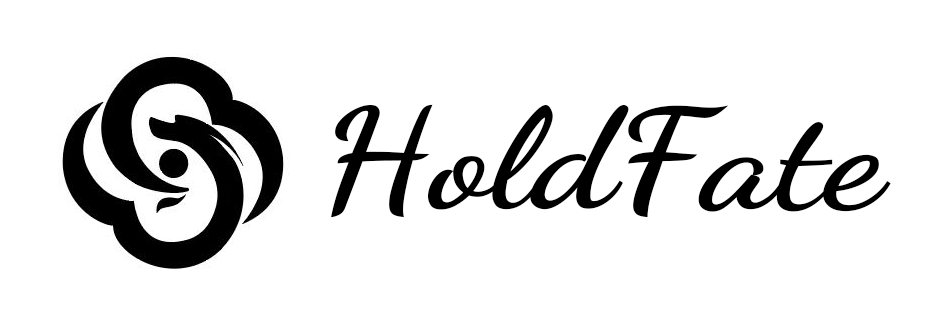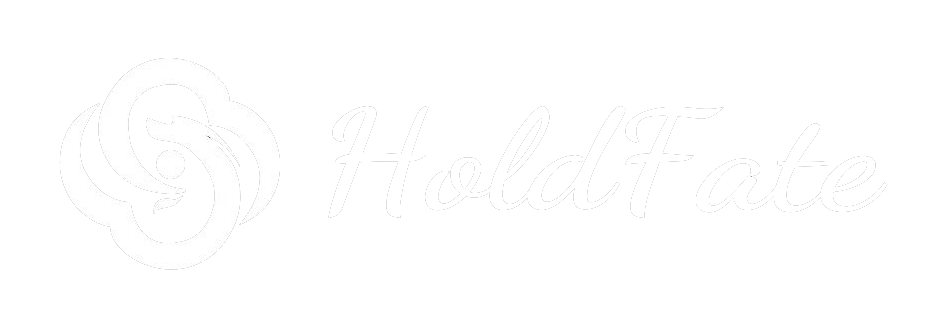Subtotal: $99.99
How did the I Ching influence ancient education?
You know, when we think about ancient education, we rarely consider how deeply the I Ching was woven into its fabric. This enigmatic text wasn’t just a fortune-telling manual – it was the backbone of Chinese learning for millennia. What’s fascinating is how it shaped everything from literacy to moral philosophy in ways we’re only beginning to fully understand.
The I Ching as China’s First Textbook
The discovery of that 10,000-year-old “五” character changes everything we thought about early education. Can you imagine – students were probably studying these symbols before the pyramids were built! The character’s survival in oracle bones shows how education revolved around mastering these sacred symbols first, then writing developed from there. Remarkably, the characters for “teach” (教) and “learn” (学) both contain the trigram component “爻”, proving how central I Ching symbolism was to the very concept of education.
Archaeological evidence suggests ancient classrooms (if we can call them that) would have students memorizing trigrams before anything else. It wasn’t just rote learning though – the I Ching taught pattern recognition, abstract thinking, and the philosophical concept of change that became fundamental to Chinese thought. Kind of like how we teach math basics before algebra, but with more mysticism thrown in!
Beyond Divination: The I Ching’s Educational Framework
Here’s what most people miss – the I Ching wasn’t just content, it was a teaching methodology. The 64 hexagrams formed a complete system for understanding reality that educators used to structure knowledge. Medicine, astronomy, statecraft – all were taught through this framework. Contemporary scholars like Li Xueqin have shown how the “five elements” theory (itself originating from I Ching concepts) became central to classical Chinese pedagogy.
The most surprising part? This system endured for thousands of years. Even in Confucius’s time (who allegedly wished he had 50 more years to study the I Ching), it remained the foundation of noble education. The text’s emphasis on balance and harmony didn’t just inform content – it shaped how teachers approached instruction, favoring contemplation over rigid dogma.
When we look at modern education debates about holistic learning versus standardized testing, maybe we should glance back at how the I Ching managed to teach complex concepts while respecting each student’s individual path to understanding. Just a thought!




 Please wait…
Please wait…